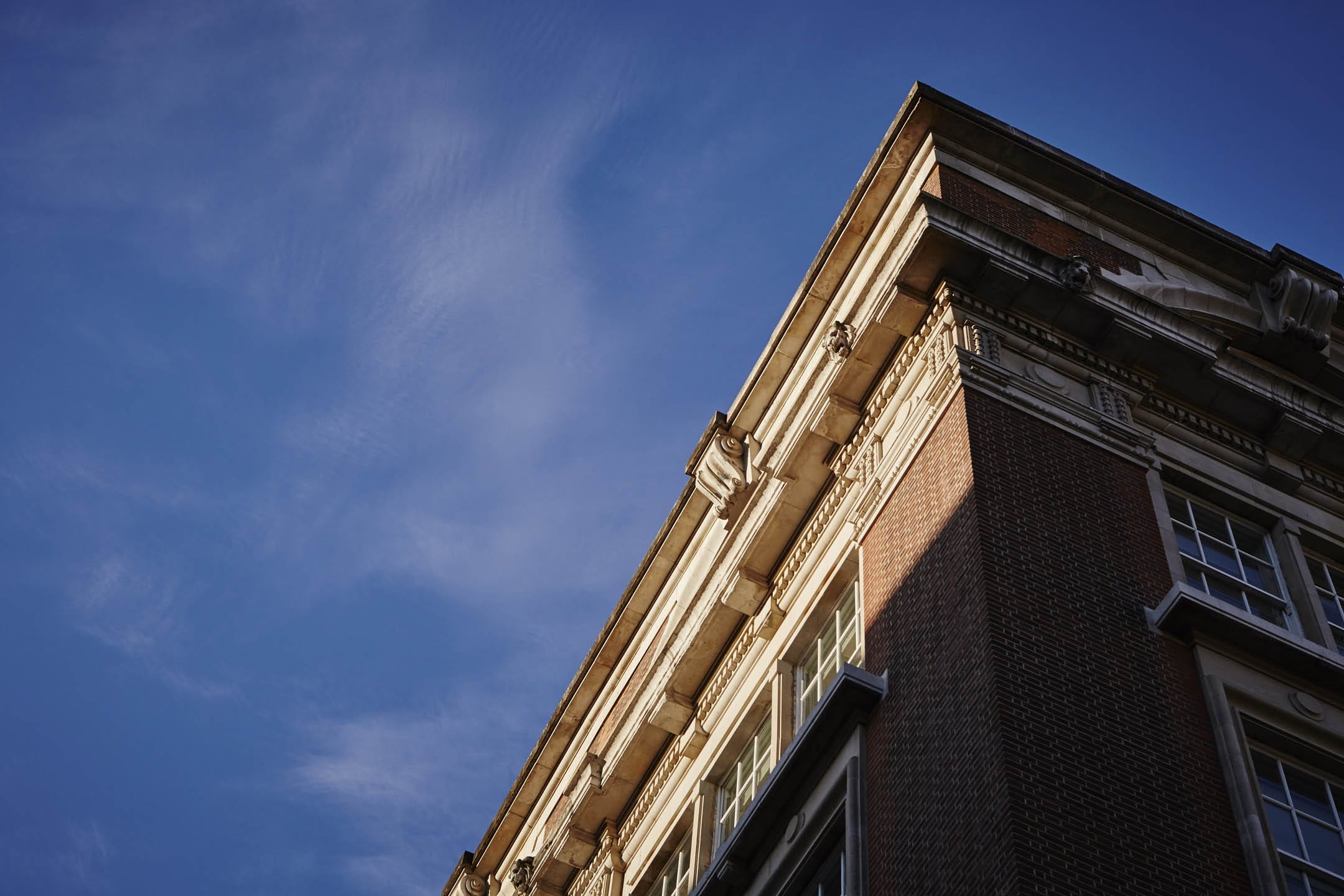London School Of Economics – Energy Project
The London School of Economics has a campus that stretches over 25 buildings in various parts of London but is mainly concentrated at its centre on the Aldwych, running between Covent Garden and Fleet Street. Naturally with such a large campus it makes sense to trial any new installations or technological innovations in one building before rolling the project out across the rest of the school. The site most often chosen for project work is the New Academic Building.
As long term partners of LSE we were particularly interested in helping them analyse and benchmark their energy usage, and to help them discover a system capable of being applied effectively across their whole operation.

Power points
- LSE’s New Academic Building used as a test bed for the Aldwych campus
- 40 Modbus communicating meters installed and networked to a Tridium BEMS
- All aspects of energy-related data managed by Honeywell’s EnergyVision dashboard
- Energy usage analysed, managed and optimised across the facility
- Performance measured across individual buildings and floors
- Project so successful it was rolled out across LSE’s campus




Tech talk
Overseeing energy consumption and its effect on operating costs is of great importance to an organisation that is so focussed on economics. Starting with the New Academic Building we replaced the existing electrical meters – all 40 of them – with the latest units enjoying Modbus communications. We then networked them to the school’s Tridium BEMS.
We were also able to deliver a Honeywell EnergyVision dashboard with the eventual capacity to oversee energy consumption across the entire LSE campus. Built on Niagara web graphics technology, EnergyVision is perfect for the application. It allows its users to employ an extensive array of techniques to manage all aspects of energy-related data, including analysing and measuring performance across many buildings simultaneously and on different floors of individual buildings. The information it delivers makes managing energy consumption and optimising a facility’s operation a much more effective and straightforward proposition.
Testing proved the point. The New Academic Building trial was a success at every level. Data from the new meters was collected, collated and put on display. Using the information gathered, the people working in the building were able to compete with each other on a floor-by-floor basis to become the most energy-efficient. The system was then rolled out across the whole campus.
